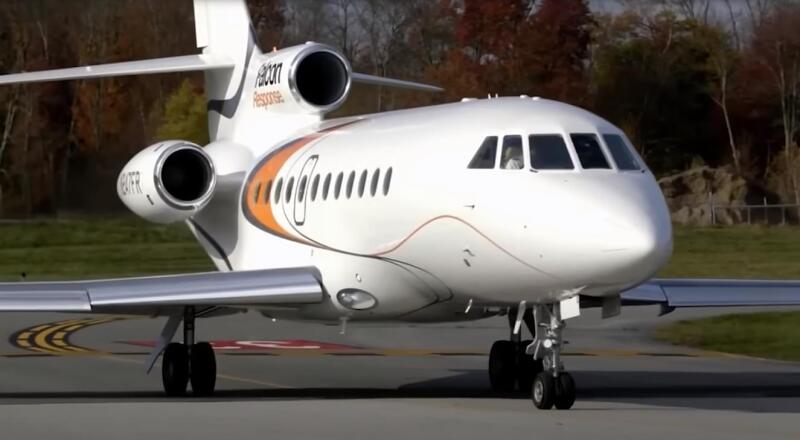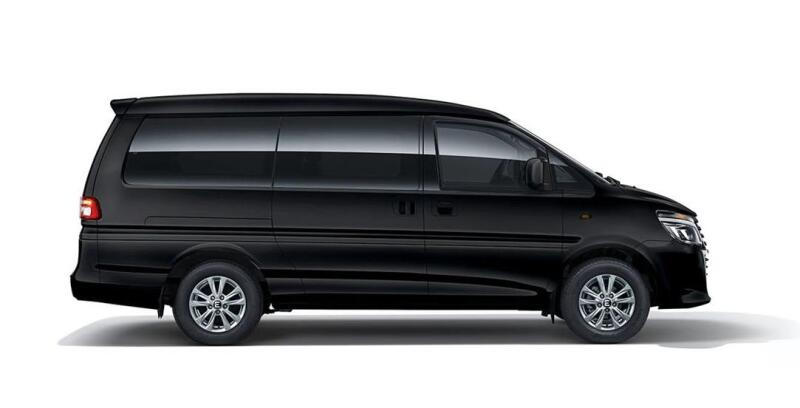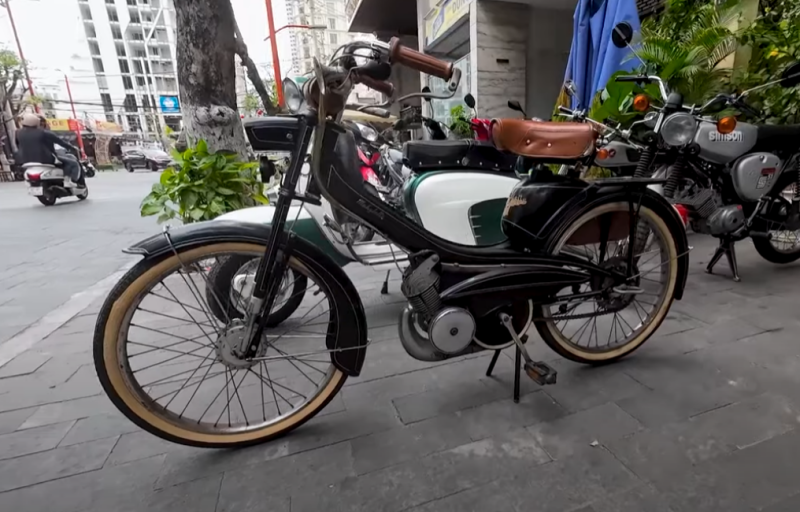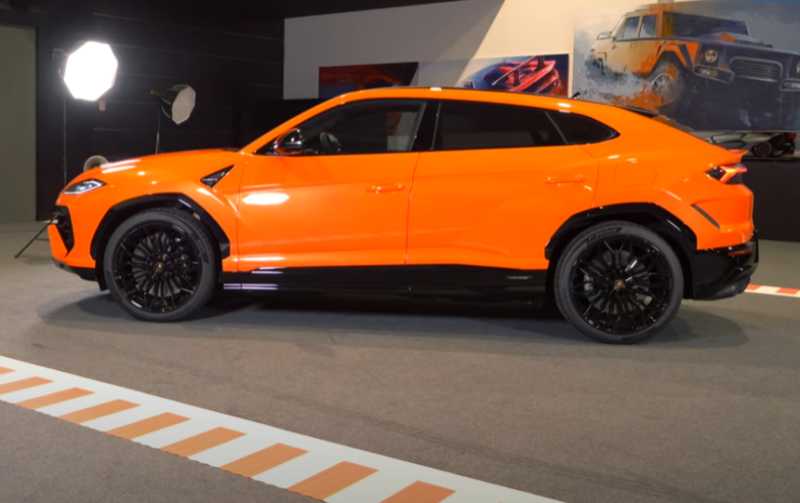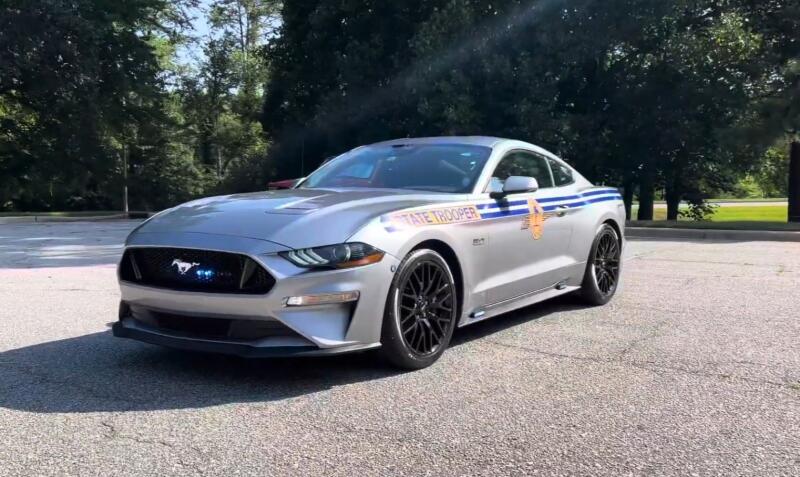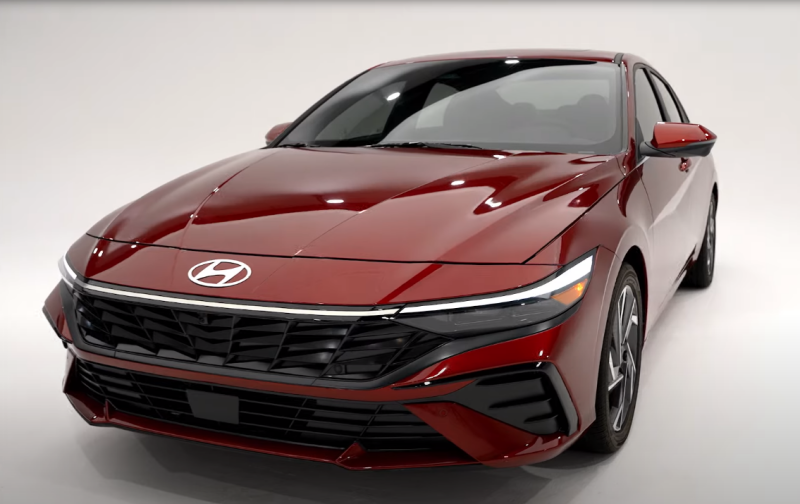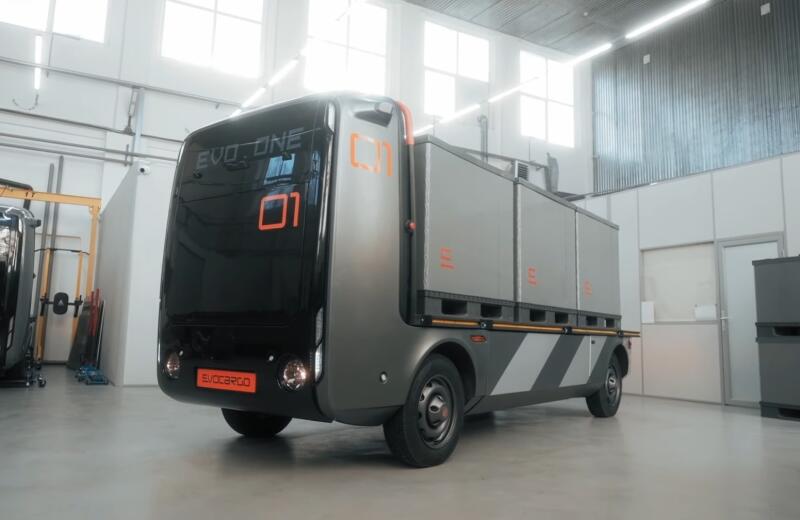I think it is clear that in such conditions, diesel-powered commuter trains could play an even more important role than classic electric trains. After all, if the latter require a contact network to move, then the former are able to travel wherever there are rails.
 Diesel-electric train DT-1 rushes in winter weather. Photo: youtube.com
Diesel-electric train DT-1 rushes in winter weather. Photo: youtube.com The most common in the USSR were imported compounds from the Hungarian company Ganz-Mavag. Over time, on their basis, the production of domestic railway equipment began. After 89 diesel engines were delivered from Hungary, the leadership of our state came to a clear understanding that it was quite possible to create such designs using the intellectual and technical base available to the Soviet country.
Economic feasibility of the appearance of DT-1
But this whole story also had a certain percentage of pragmatism. The gradual cooling of relations within the former socialist CMEA led to the fact that the Hungarians began to ask for a much higher price for their products, in line with world standards. This turned out to be not only unacceptable, but also extremely unprofitable for the Soviet (and later Russian) side. So this situation became the best motivator and spurring factor for the appearance of the domestic DT-1 in the future.
After connecting the design resources of the St. Petersburg Central Research Institute and the Trans-Electro-Pribor enterprise, everything quickly started to happen. By 2005, the developers had submitted all the technical documentation for the new diesel-electric train, named DT-1.
For its direct production, the capacities of the Torzhok Carriage Building Plant were attracted. Of course, this could not have happened without the support of related companies, who produced many parts for the future design. What ended up happening was the first experimental diesel-electric train of a purely Russian design. After thorough checks that lasted for four years, the DT-1 was put into mass production.
 DT-1 picks up passengers at the station. Photo: youtube.com
DT-1 picks up passengers at the station. Photo: youtube.comThis important starting point was preceded by a number of field tests and minor comments. After they were eliminated, the approval process began. Subsequently, the assignment of a certificate of compliance with relevant Russian Railways standards in terms of safe operation of the future DT-1 train. The tests took place on a special section of the Pskov road. After the start of mass production, this train received the following geography:
✅ Novgorod region
✅ Trans-Urals
✅ some Siberian areas
✅ other non-electrified Russian roads
In the process of constant operation, the railway workers decided to follow the world tradition. In accordance with it, every new vehicle must receive, as they would say in certain circles, a “drive.” If in Soviet times commuter trains were often dedicated to Komsomol heroes, and in Germany or the Czech Republic they assigned male (or female) names, then in Russia they took a different path. The “bird theme” has long been in trend here: swallows, orioles, etc.
 Exhaust diesel generator DT-1. Photo: youtube.com
Exhaust diesel generator DT-1. Photo: youtube.comSo DT-1 became “Woodpecker”. And although many intend to look for an explanation for such a name on the surface (DT - woodpecker), some are inclined to see a philosophical meaning in it. After all, a diesel train was often operated in the outback, where there are no electrified railway transmission lines and there are a lot of difficult places to pass. And this is very similar to the conditions under which this persistent bird has to work.
Versatile worker
Although the DT-1 is designed primarily for provincial use, the creators endowed it with very important universal qualities. After all, what does the solution to the problem look like when switching from one type of traction to another? You can attach a diesel locomotive to an electric train, which is quite a shame in our time. Or you can initially use a diesel composition, which is unprofitable, neither economically nor environmentally.
The best solution is a hybrid, and we have already talked about one of these German-made told us before. They followed the same path in Torzhok. The universal design of DT-1 allows the use of current-carrying trolleys while they are available. And after the “electricity has run out,” you can calmly start the diesel unit and continue moving further to your destination.
 Bogies of diesel-electric train DT-1. Photo: youtube.com
Bogies of diesel-electric train DT-1. Photo: youtube.comThe resulting composition had a huge external resemblance to the usual ET4A electric train. But he could drive in places that were inaccessible to her. True, there was also a downside to the coin. The hybrid in question received a much noisier interior, which, of course, negatively affected the overall ride comfort of its passengers.
DT-1 not only has a rounded driver’s cabin similar in design to the above-mentioned electric train, but also some other elements. This includes the decoration of the passenger compartment and the third spotlight between the headlights. According to the latter, a diesel-electric train is very easy to identify even from afar.
Technical device and indicators
For a regular commuter lineup, it had pretty decent dynamics. Some drivers claim the ability to accelerate to 130 km/h. True, the official figures for the actual speed “ceiling” are a little more modest. This and other indicators of DT-1 are given in the list below:
✅ maximum speed - 120 km / h
✅ capacity of a 4-car train – 368 passengers
✅ purpose – commuter and service transportation
When assembling the train, the following scheme for coupling cars was used - diesel/motor/diesel. If the classic version is used, then a fourth element is added to them - an intermediate car. Among all diesel-electric trains, there are three more types of their composition:
✅ 6 carriages
✅ 7 carriages
✅ 8 carriages
When driving along electrified sections, DT-1 uses 235-kilowatt traction electric motors, installed in the amount of four units per car. When the train switches to a different type of power supply, two diesel generators located on board come into play. They belong to the production of the Power Pack company and have a total power of 1000 kW. The installations have such specific connections that if one of them fails, the train will be able to continue moving, thanks to the power of only the second generator.
For the convenience of passengers, there are wide vestibules and the presence of dry closets in all cars. Another advantage of the technology is its versatility: those who board one of the “Dyatlov” vehicles will not have to change trains when the railway line switches to another power source. The driver's cabin received huge front windows with excellent visibility and one of the most modern types of control panels with a fire protection system. Each of the cars has a total weight of 283 tons, with 219 tons when empty.
 DT-1: side view. Photo: youtube.com
DT-1: side view. Photo: youtube.comThe model's production lasted from 2005 to 2013. The result was more than 50 cars, formed into 13 trains. The main directions of operation were the Oktyabrskaya and Sverdlovsk roads. Perhaps the production of this equipment would have continued further if the closure of the TorVZ manufacturing plant had not occurred in 2013.

